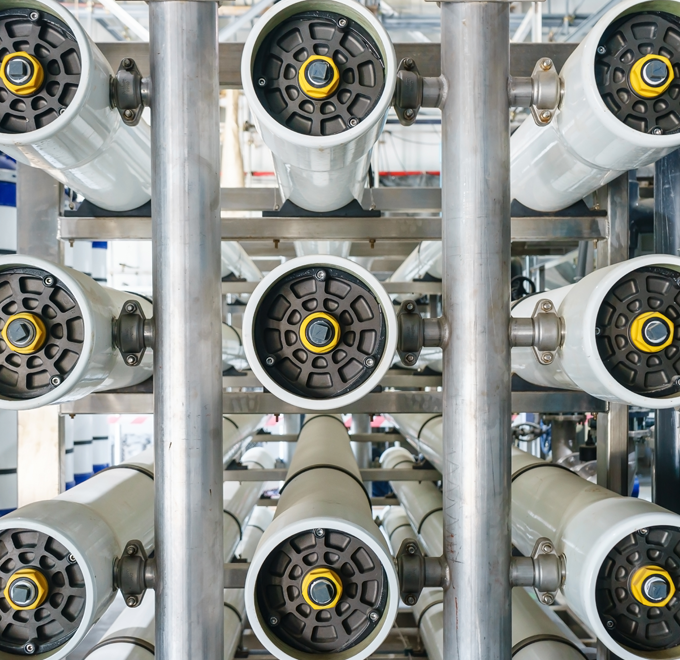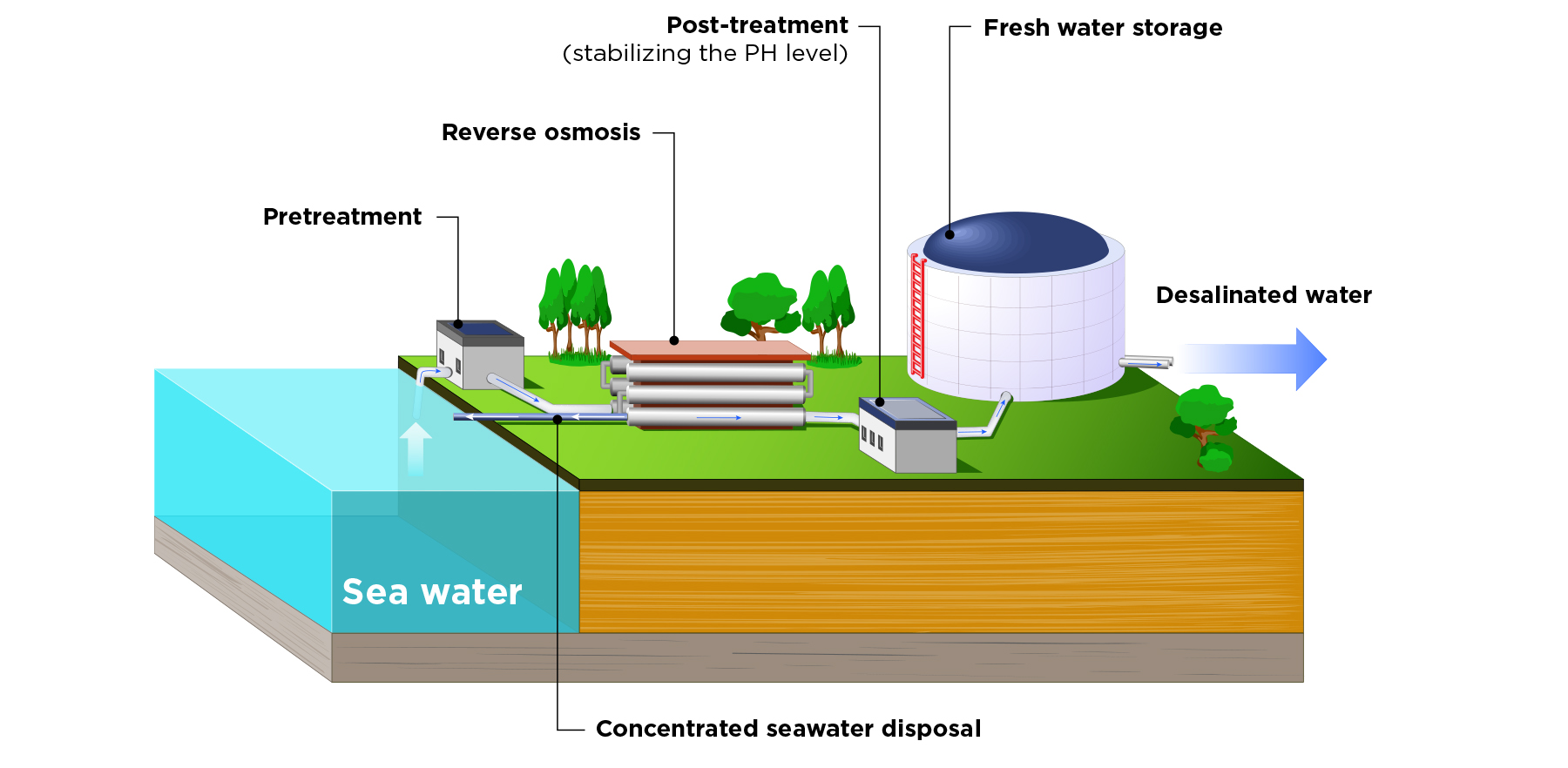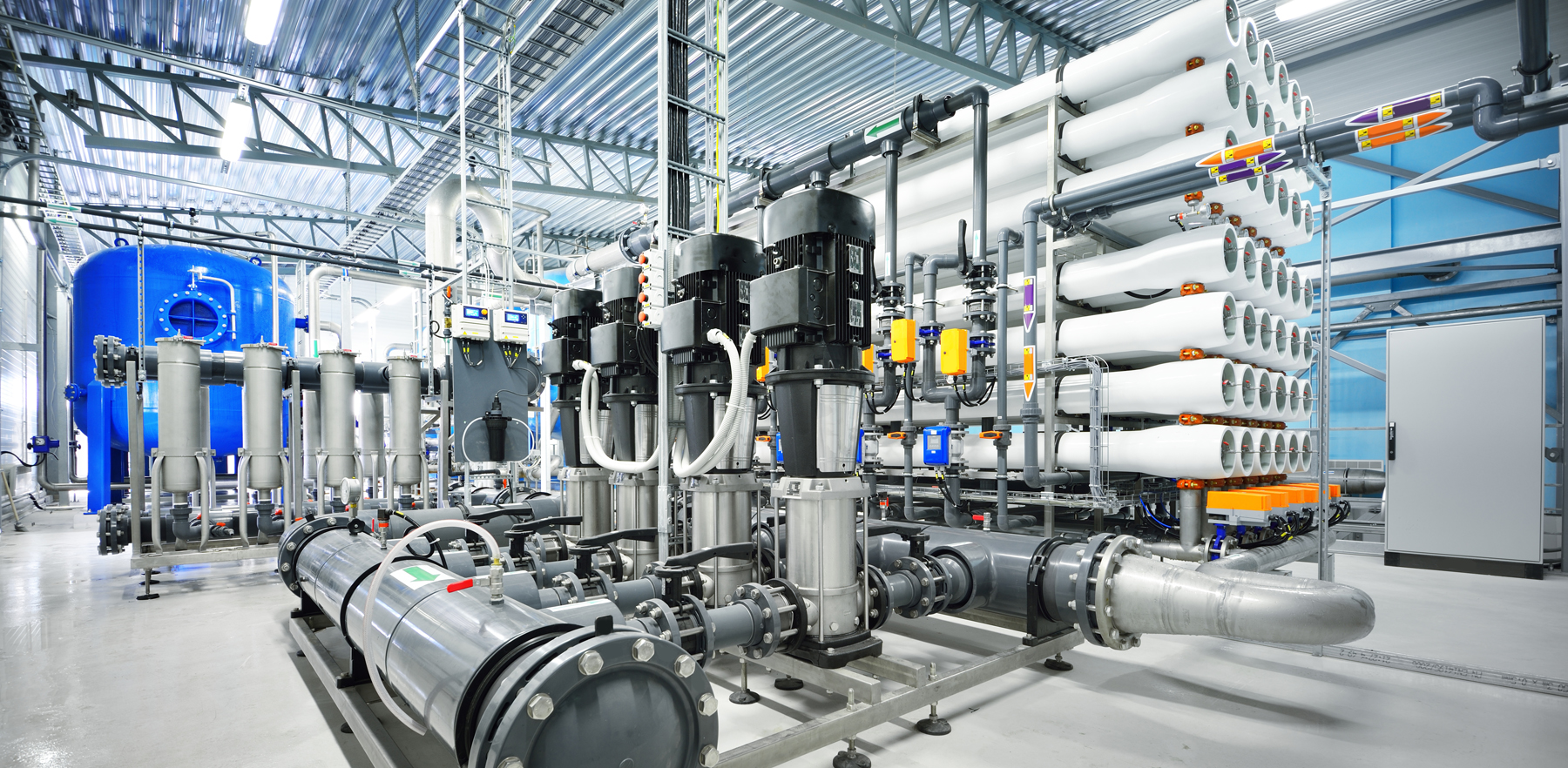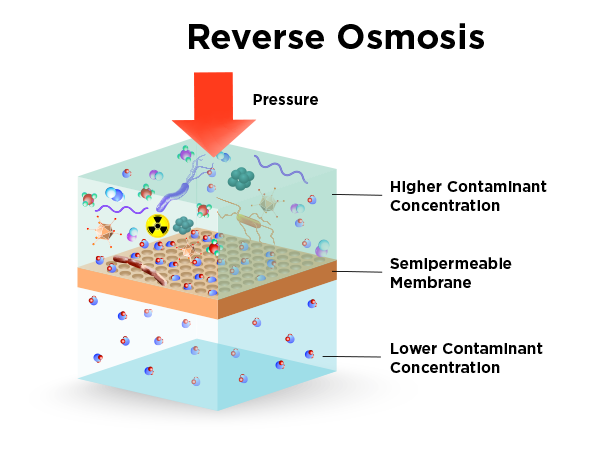Desalination: A Promising Solution

This is the second article in a series on Water Desalination Pump Challenges. Read Part 1 and Part 3
The challenge of water scarcity is complicated by the fact that 97 percent of the Earth’s water is saltwater, found in seas and oceans. As a result, many parts of the world are turning to desalination — pulling out salt from seawater on a massive scale and turning it into freshwater suitable for drinking, cooking, bathing, and several high purity industrial process applications such as manufacturing of electronic components, pharmaceuticals, chemicals, boiler, feedwater, medical applications, and wastewater recovery systems.

Today, the most efficient and widespread way to desalinate is Reverse Osmosis. Introduced half a century ago, it transfers water through a series of semi-permeable membranes that push water through filters at a high-pressure to trap the salt and minerals on one side and let pure water through.

The process has gradually become more and more efficient and cheaper, leading to the development of bigger plants and better membranes and energy-recovery methods. Several countries around the world currently use reverse osmosis. It is the lifeblood of arid places like the Middle East, where more than half of the fresh drinking water supplies come from desalination facilities. Over the years, desalination has started making inroads in other water-stressed parts of the world, such as California in the US, Spain, Australia and China.
